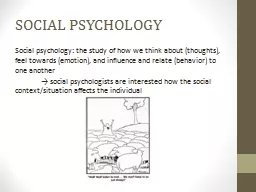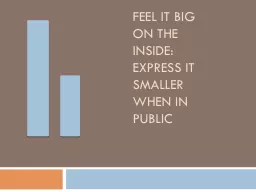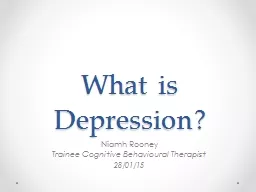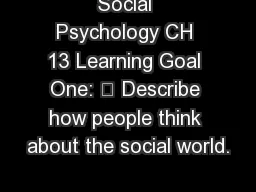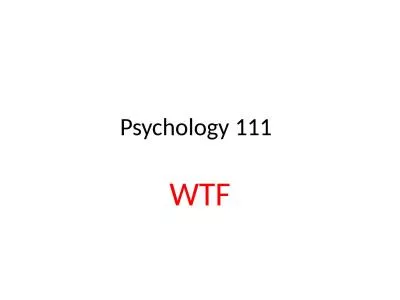PPT-SOCIAL PSYCHOLOGY Social psychology: the study of how we think about (thoughts), feel
Author : haroublo | Published Date : 2020-06-17
social psychologists are interested how the social contextsituation affects the individual FORMING IMPRESSIONS Person perception refers to the process of forming
Presentation Embed Code
Download Presentation
Download Presentation The PPT/PDF document "SOCIAL PSYCHOLOGY Social psychology: the..." is the property of its rightful owner. Permission is granted to download and print the materials on this website for personal, non-commercial use only, and to display it on your personal computer provided you do not modify the materials and that you retain all copyright notices contained in the materials. By downloading content from our website, you accept the terms of this agreement.
SOCIAL PSYCHOLOGY Social psychology: the study of how we think about (thoughts), feel: Transcript
Download Rules Of Document
"SOCIAL PSYCHOLOGY Social psychology: the study of how we think about (thoughts), feel"The content belongs to its owner. You may download and print it for personal use, without modification, and keep all copyright notices. By downloading, you agree to these terms.
Related Documents

